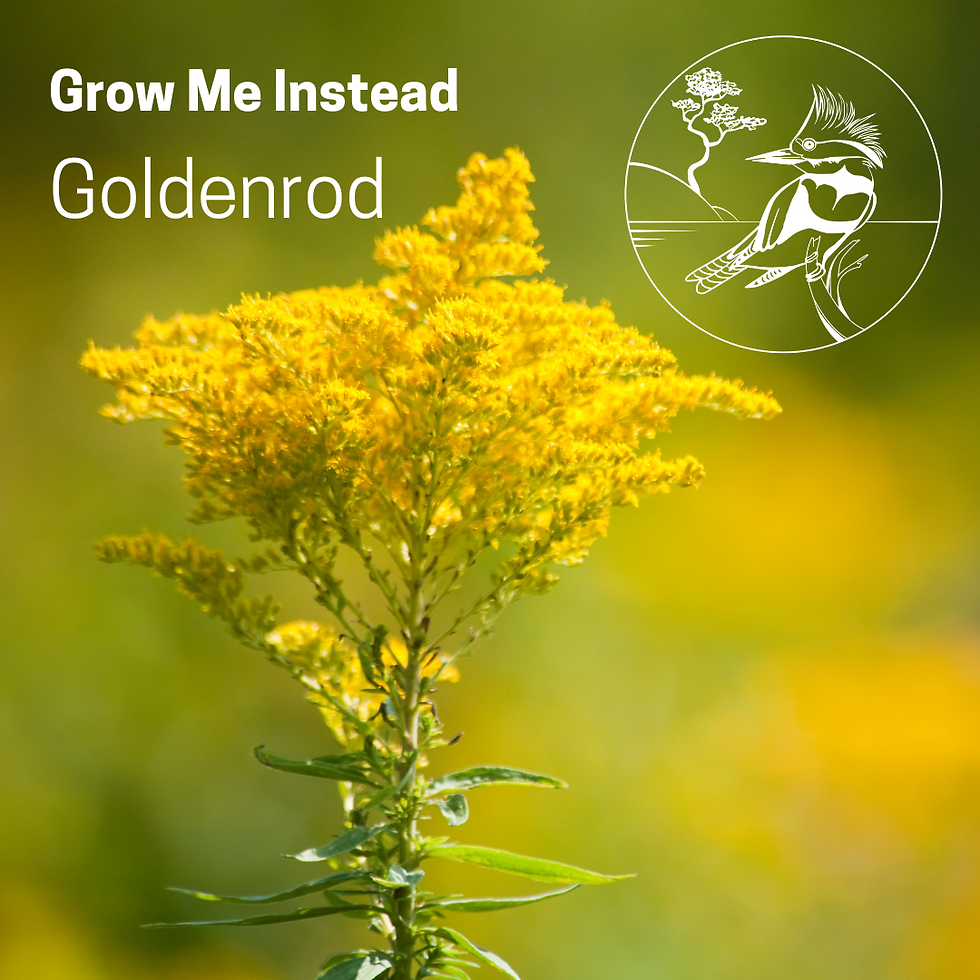Grow These Instead! Native Plants on Pender Island
- kronensue
- Mar 24, 2023
- 3 min read
Updated: Apr 27, 2023
Native species in an ecosystem support wildlife and humans alike by creating a biodiverse and healthy environment.

Sea Blush
During the winter months, this stunning annual creates lush green carpets made up of tiny leaves and blossoms into a lovely shade of pink in the springtime. Excellent spring flower for pollinators. Grows in full sun to part shade in meadows and rock outcrops. Considered deer resistant.

Wild strawberry
"Blueish-green evergreen leaves with diverse planting options from full sun meadows to a variety of partial shade areas. Small red berries form on some plants and tend to fruit more readily in sun. This plant is stoloniferous and will opportunistically spread to unvegetated areas." from https://satinflower.ca/products/fragaria-virginiana

Tall Oregon-grape
Tall Oregon-grape is a versatile evergreen perennial shrub for low-maintenance landscaping. It provides protection as a hedge, growing up to 1m+ tall. It is drought resistant, a wildlife attraction, and has edible berries. It loves sun but can thrive in shade. Birds love the berries, and bees use its flowers.

Small flowered Blue-eyed Mary
Behold the blue that knows no name,
A plant to kneel and admire in shame,
Its flowers small, yet beauty immense,
A true nature lover's prized defense.
An annual with red seeds to sow,
In full sun or partial shade to grow,
On well-drained soil or rocky ground,
Its spreading nature, a sight profound.
This native plant, a seedling's pride,
Forms patches vast, if mulch denied,
Near soil surface, it needs to be,
For fall rains to aid its destiny.
Blueish-green foliage, a carpet to make,
Blooms in spring, for heaven's sake,
Year after year, a joy to see,
This nameless beauty, a sight to free.

Sword fern
Fire resistant, drought tolerant, deer resistant and great for amphibians? Sword ferns are the ultimate fern! With its majestic look and ability to thrive in various environmental conditions, it's undoubtedly one of the most versatile native plants around. Not only is it an excellent choice for a ground cover, it's upright, evergreen leaves add a touch of architectural elegance to any landscape and can serve as a structural component in any planting scheme.

Red-osier Dogwood
A feast for both bees and birds! Pollinators love the cream-coloured clusters of flowers. When they turn to round white fruits, they are feasted on by songbirds. Come winter, the bark turns to a deep red that gives this plant its name. This large flowering shrub loves rich, moist to wet spaces.

Blue wildrye
Many people don't often think of grasses as beautiful or of adding them to our gardens. We also may not think of them as important to our precious pollinators. In meadow ecosystems, native grasses can play a crucial role as hosts for butterfly egg laying and have drought-resistant qualities.
The beautiful Blue wildrye likes both woodland and meadow environments. It is characterized by its tall and sturdy stature, blue-green leaves, and spike-shaped flowers. It thrives particularly well in areas shaded by Garry Oak tree canopies.

Goldenrod
"The deep yellow of the flowers are very attractive to pollinators and other beneficial insects. Goldenrod is tolerant of both wet and dry soils and is a low-maintenance, easy-care plant." From the Invasive Species Council of BC wonderful publication "Grow Me Instead " (available at the Nature Centre)

Nodding onion
Looking for a way to attract pollinators to your garden? Try planting this beautiful pink-flowering perennial onion that spreads quickly through bulb division! Not only is it considered resistant to deer grazing, but the entire plant is also edible, including the bulb, foliage, and flowers. Remember to leave some behind for wildlife and for future growth.